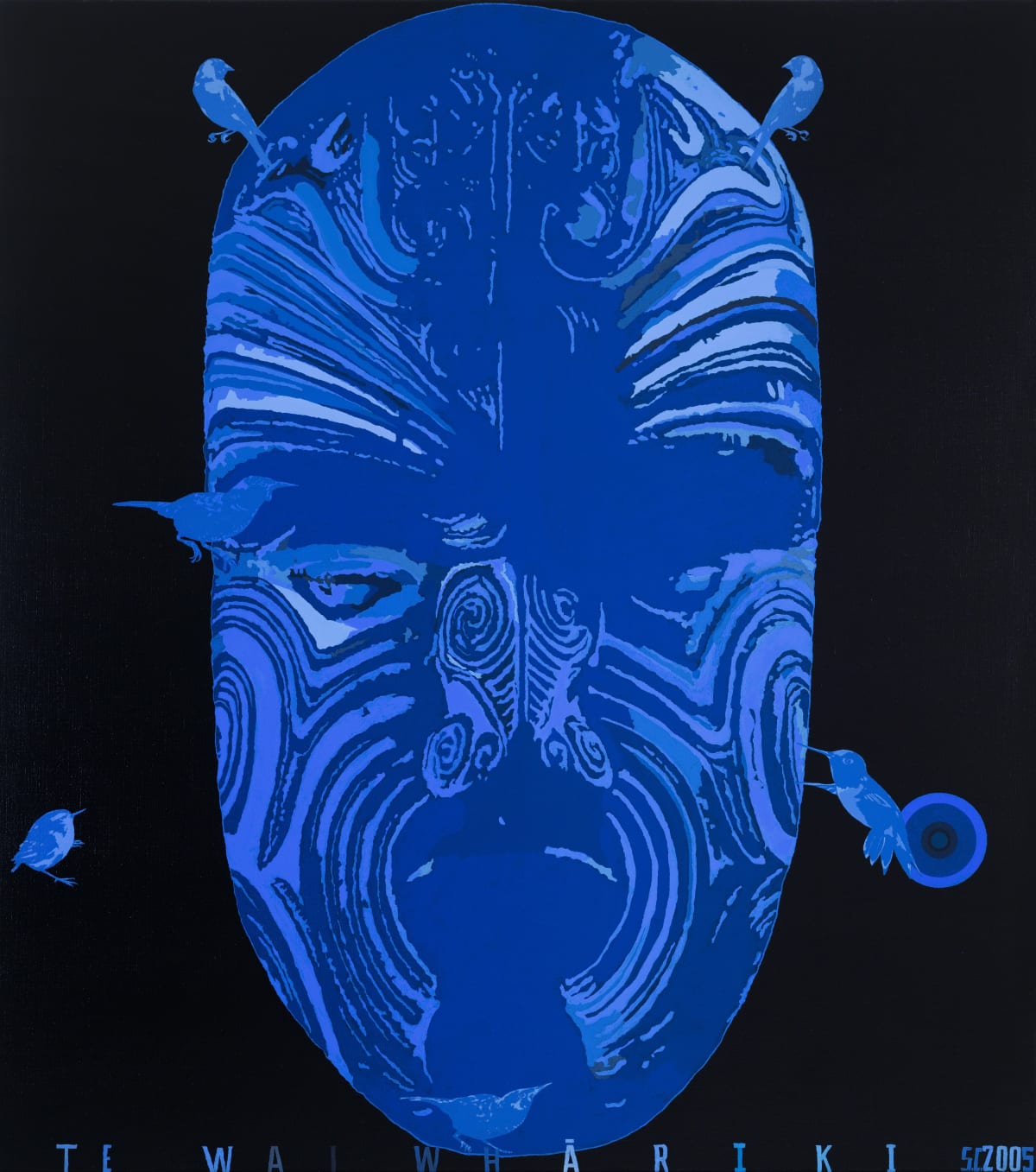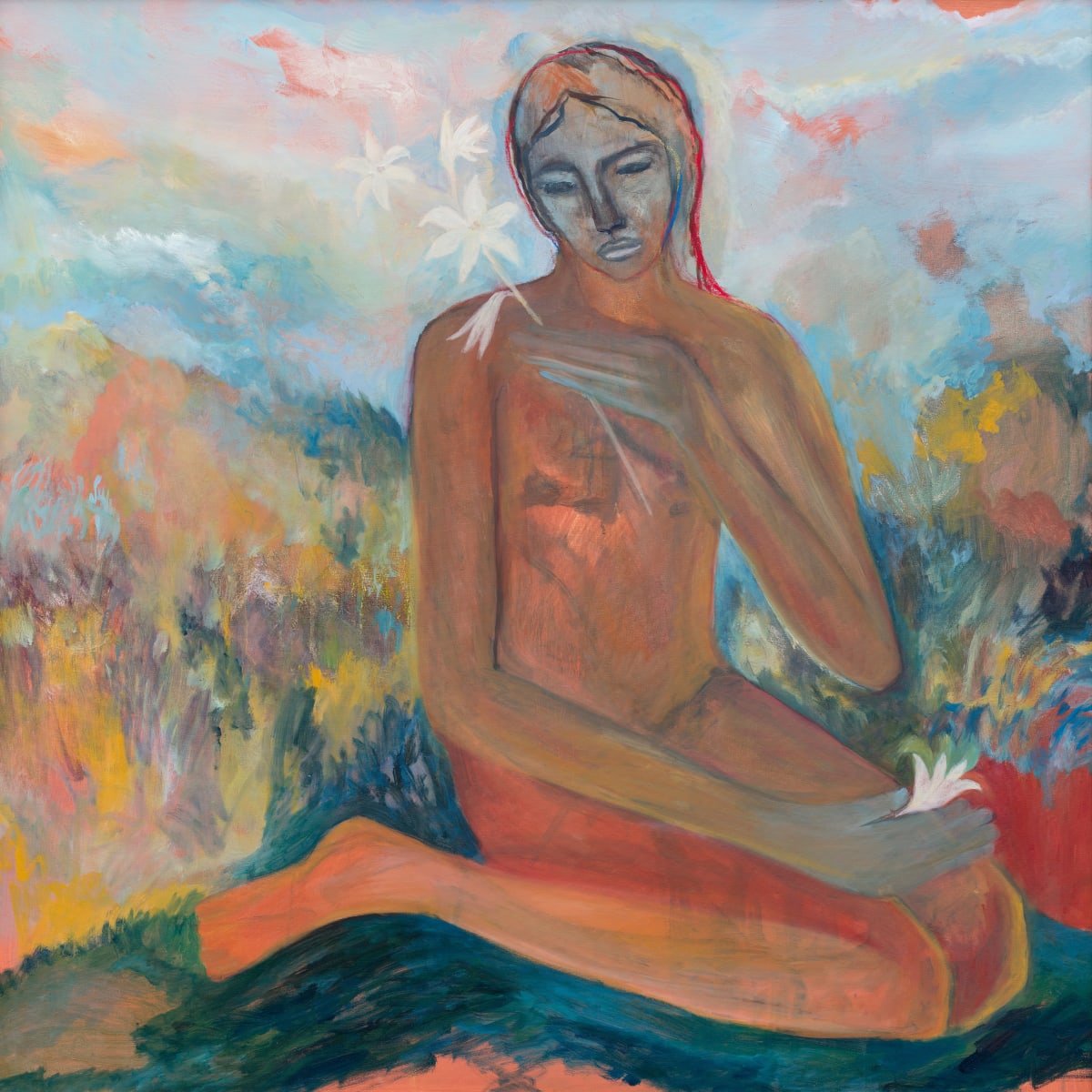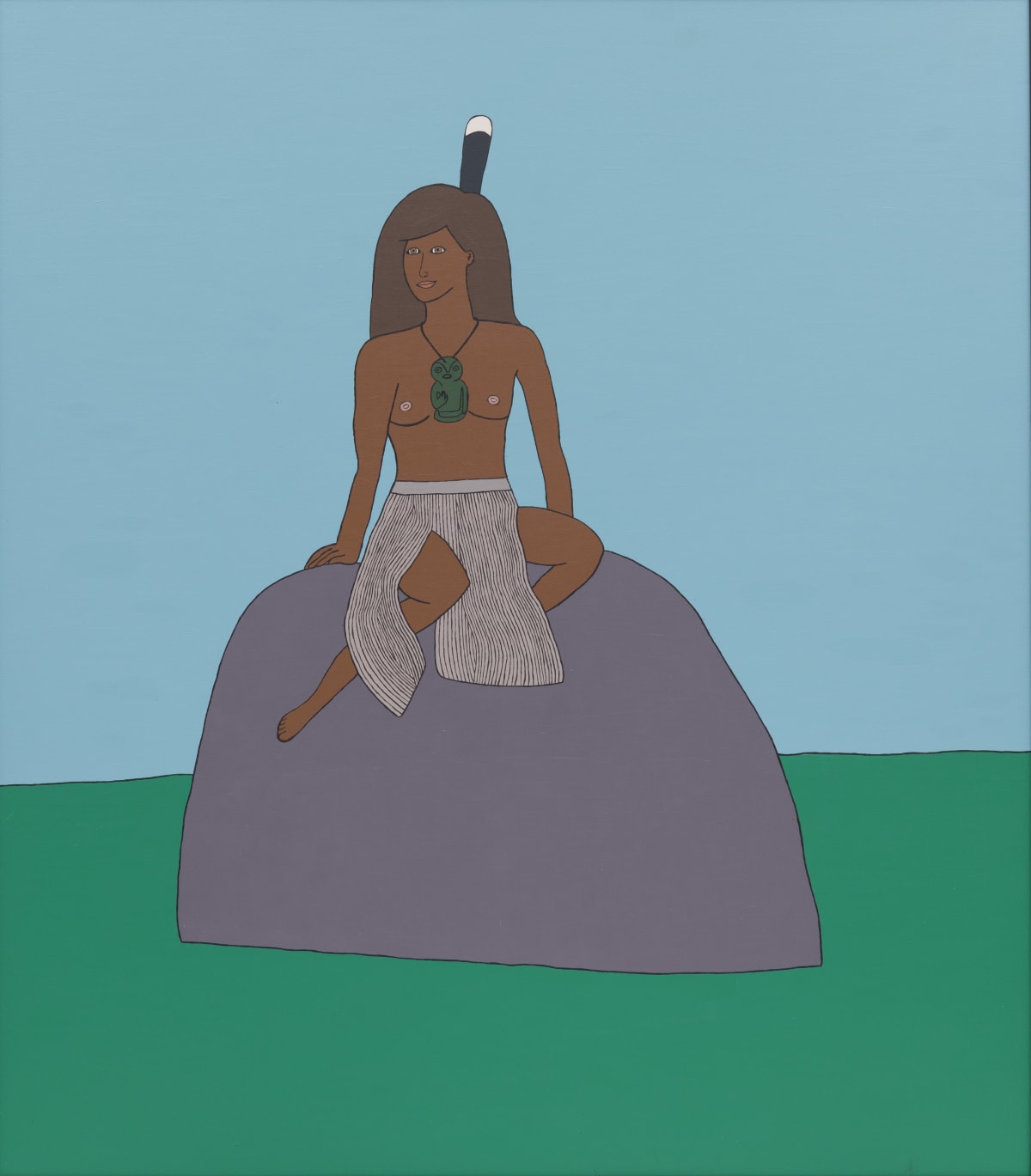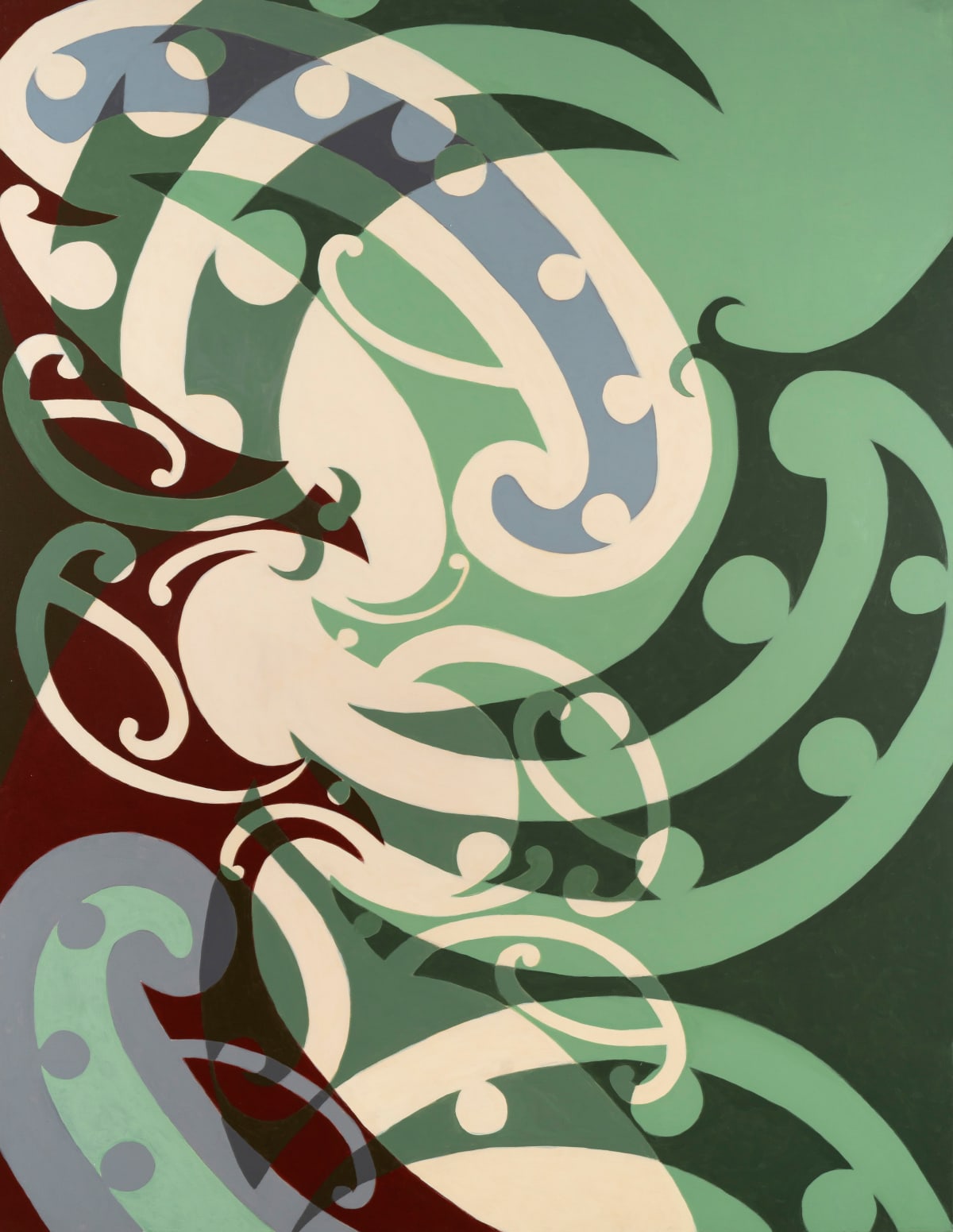
Moana Jackson's introduction to the book of the show
Art is the telling of stories. In some cultures, storytellers begin by saying, "In the days before we remember", or, "In the days of the ancestors", while in others they trust in somebody or something else, and say, "In the beginning was the word and the word was God."
Whichever words are used, the idea of ‘once upon a time’ is a chosen glimpse into facts or fantasy. It can be the simple beginning of a narrative or represent the particular ideas and memories that a people have placed at the heart of their collective sense of being. It is a portal from creation to what Patricia Grace has called the "now-time".

Māori art has a particular ‘once upon a time’ that captures its own chosen glimpse into what might be called a sense of imagined possibility. Whether it is a poem, a song or an image, it can draw on the mystery of creativity, which Rangi Chadwick once called "the quiet space where anything seems possible".

Like the whatihua, the active cosmos that curves into the sky between the dreams of the seen and the unseen, it can be boundless in its vision and inspiring in its reach.

The art in Toi Tū Toi Ora captures a vision that emerged from the creative potential held within the void of Te Kore, before emerging into the world of light, Te Ao Mārama. The vision was then nurtured over centuries in the intellectual and cultural histories of iwi and hapū.
Each history is as distinctive yet as subtle as the differences in iwi dialect; they have shared enough common insights and values to constitute a unique Māori intellectual tradition. It was within that tradition that this ‘quiet space’ was found for art to flourish.

It was a tradition bound by the promise of ‘i ngā rā o mua’ – the past time that stretches into a future as limitless as the whatihua. If the works in the collection have been open to other sources and influences, it is because the tradition from which each has sprung was also immeasurable and was never closed to a wondering of what might be.
In many ways, the Māori intellectual tradition is a navigational one, forged in journeys across the Pacific that looked back to Rangiātea, while longing to know what lay beyond that distant point where the earth met the sky. It has always been a daring, as well as imaginative, tradition propelled by both a longing to explore and the confidence that has come from the stories told in this land.
Extracted from the best illustrated book of 2022, Toi Tu Toi Ora: Contemporary Māori Art (Penguin Random House, $65), edited by Nigel Borrell with contributions from Moana Jackson, Taarati Taiaroa and others, available in bookstores nationwide.







